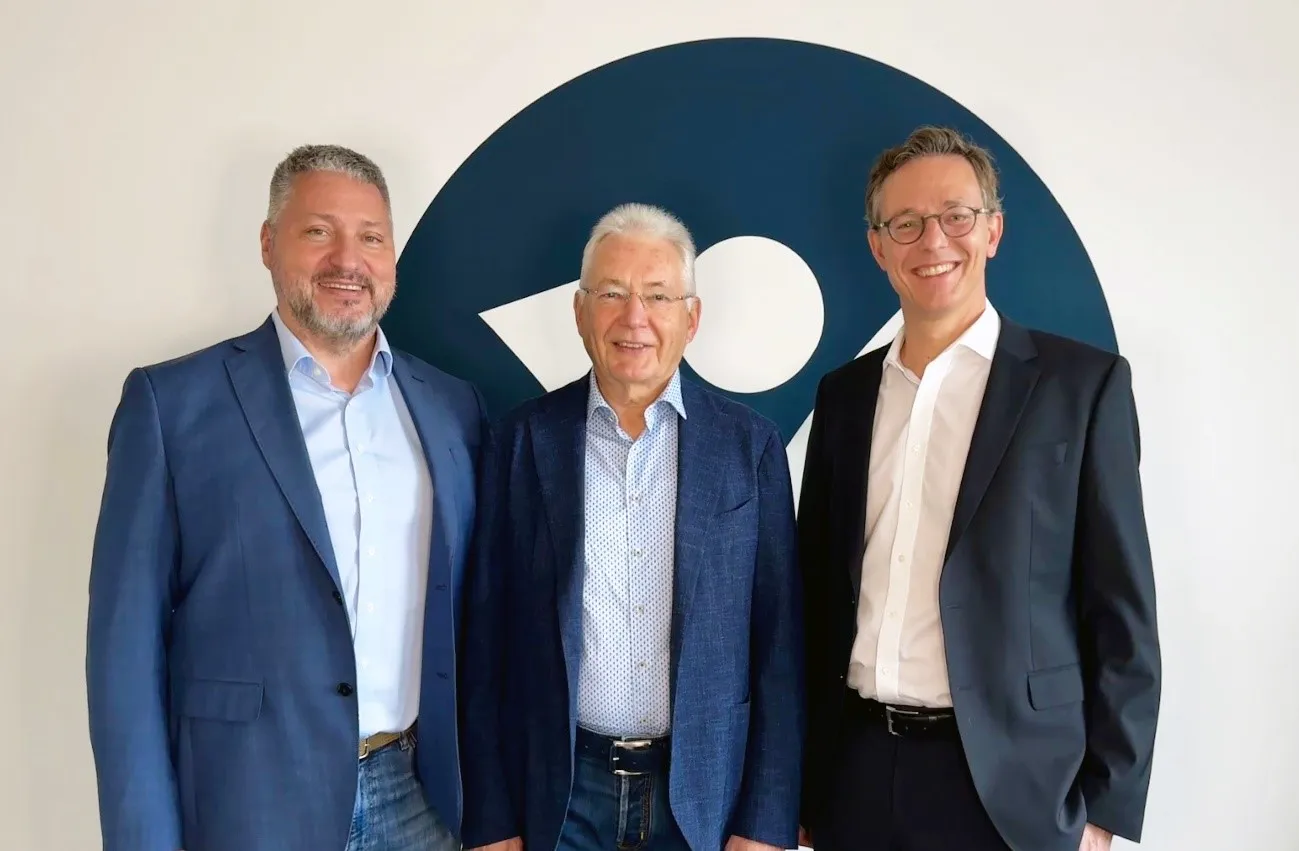
Machine vision specialist Vitronic Group has been sold to Itis Holding, which says it will put in €50m "upon the formal completion of the transaction".
Itis already owns the operators of CzechToll and SkyToll as well as tech firm TollNet and payment specialist PaySystem.
Established in 2022 as the umbrella brand for investment firm PPF Group’s business in smart transport infrastructure solutions, Itis says it will develop R&D and production capabilities at Vitronic's facilities in Germany, and is "ready to accelerate the entire group's growth, aiming to establish itself as a leading ITS provider with global reach".
The firms complement one another, creating "a strong end-to-end ITS and automation provider with a comprehensive range of sustainable solutions for urban mobility, tolling, road safety, traffic enforcement and automation, with delivery capabilities almost anywhere in the world".
"Itis Holding offers a proven best-in-class satellite tolling solution, while Vitronic is a global leader in road safety and automation segment using innovative machine vision technology," says Matej Okali, Itis CEO.
"We approach the acquisition of Vitronic as a long-term strategic investment. By connecting these two leaders from several industries, our ambition is to grow the entire group into a globally successful, large-scale ITS provider,"
Vitronic is 40 years old this year.
"I am confident that with the new ownership, the best years are still ahead for both traffic and automation industries," said Daniel Scholz-Stein, CEO of Vitronic. "The complementarity between our solutions, products, software and services allows us to present our customers with a significantly broader range of advanced technological solutions. All of this continues to be supported by the esteemed 'German-engineered' concept."
Itis and PPF say they will help Vitronic "enter new markets or better serve existing ones".









